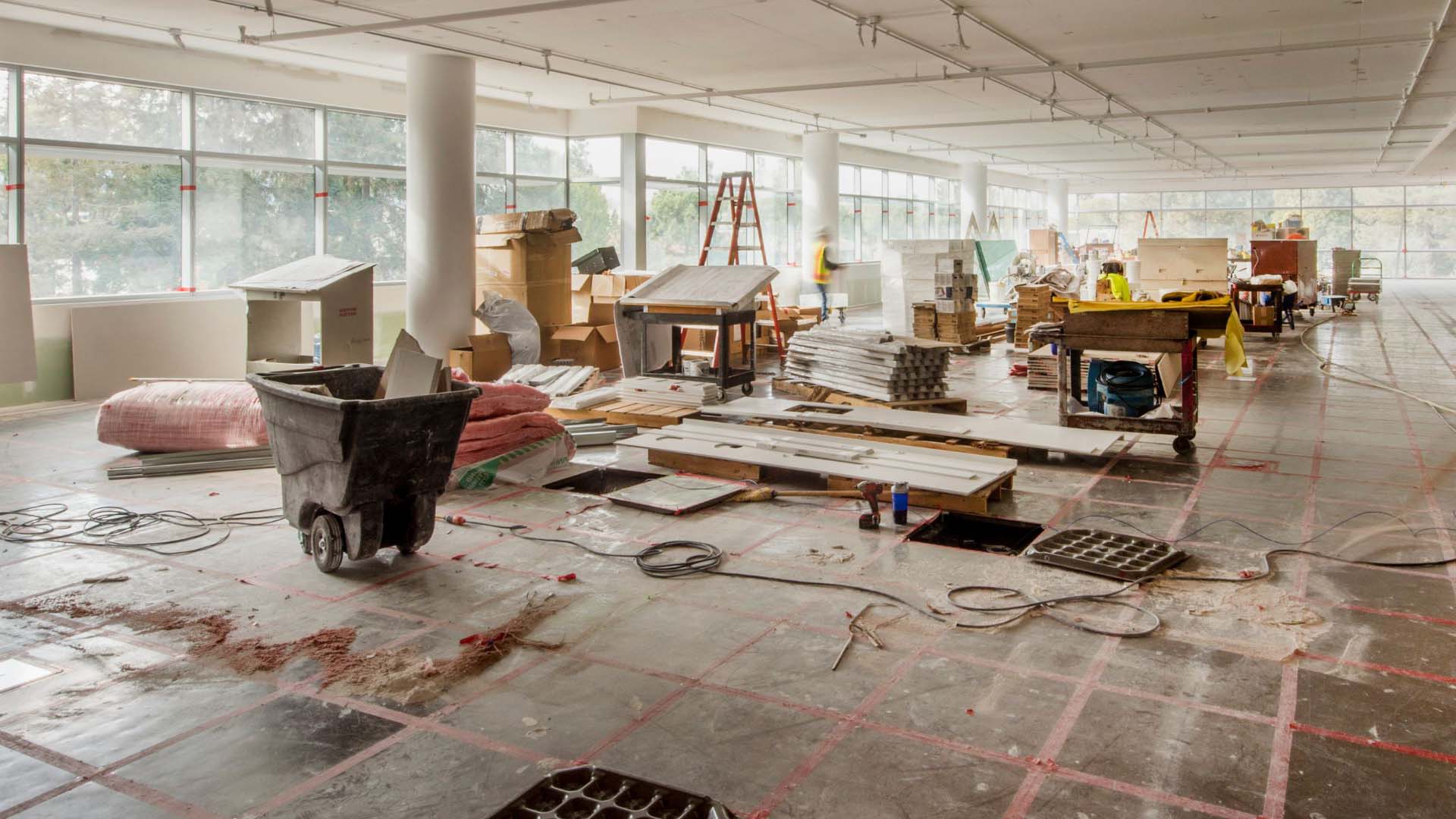What is a Partial Asset Disposition?
A Partial Asset Disposition (PAD), under §263a, the mandatory Tangible Property Regulations, allows a building owner to expense the remaining depreciable basis of items removed during a renovation or remodel. §263a also allows the owner to expense the entire cost of removing the components. So if you threw items in the dumpster, you have an opportunity to save taxes.
However, the opportunity will be permanently gone if you fail to write down the remaining basis in the tax year that the renovation took place. Implementing a cost segregation study from TPTM will provide the precise calculations to apply the disposition and removal costs to your tax return. TPTM is the only cost segregation firm that properly applies a PAD to your return.
How does a Partial Asset Disposition Work?
TPTM will perform a cost segregation study of your original building, including the recent improvements. During this process, we will assign costs to the tangible and real property of the original building, the renovations, and the items removed from the building during the renovation. We will then assess removal costs associated with the project. Your CPA will receive the updated information so the expense can be implemented. This cost study may also be used to determine whether future expenditures can be expensed or depreciated under the Tangible Property Regulations (§263a).
Who should implement a Partial Asset Disposition?
- Retail lessors.
- Property owners who have done renovations and improvements
- Property owners who have demolished (but left at least seventy-five percent of exterior walls intact) and improved facilities in the current tax year
- Businesses that have replaced, improved, or refurbished significant components or equipment in the current tax year
What do I need to do to get started?
Fill out the form below, and we will contact you to get started on your building analysis.

